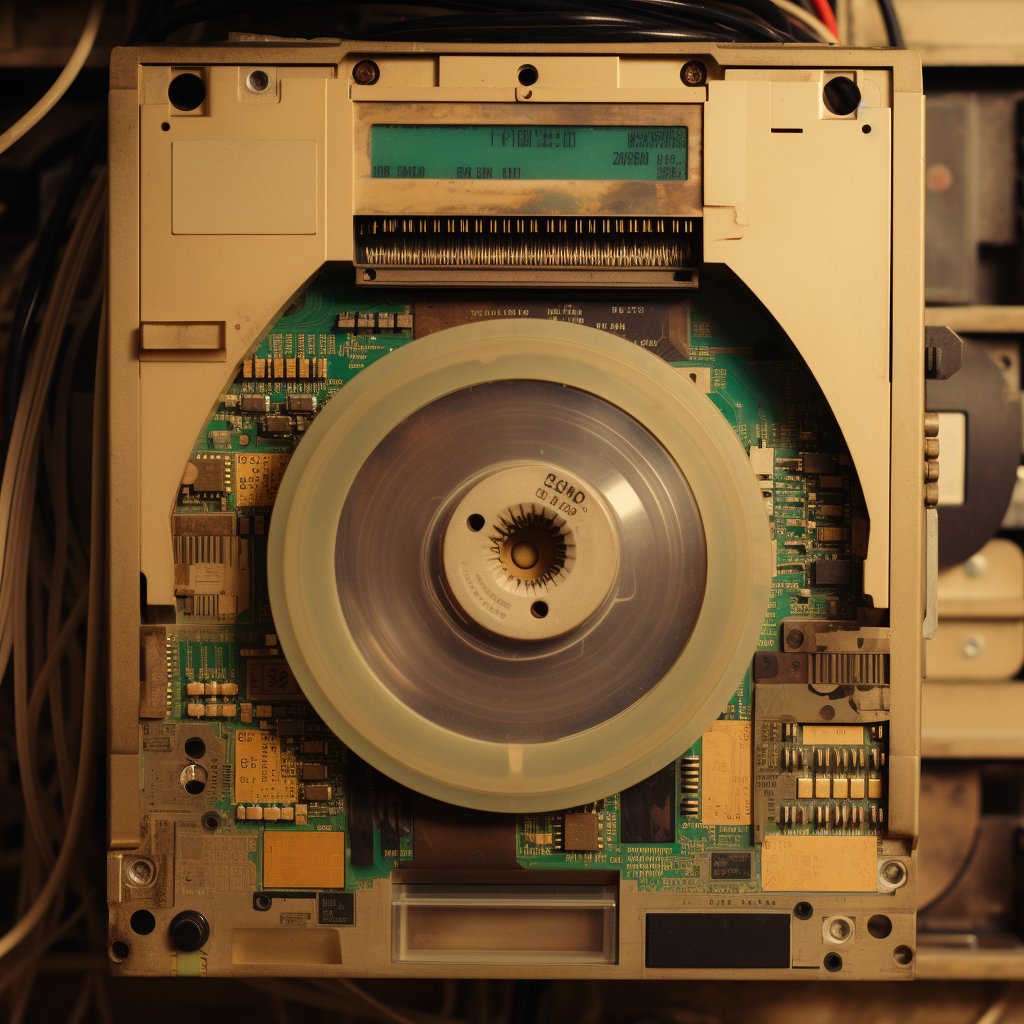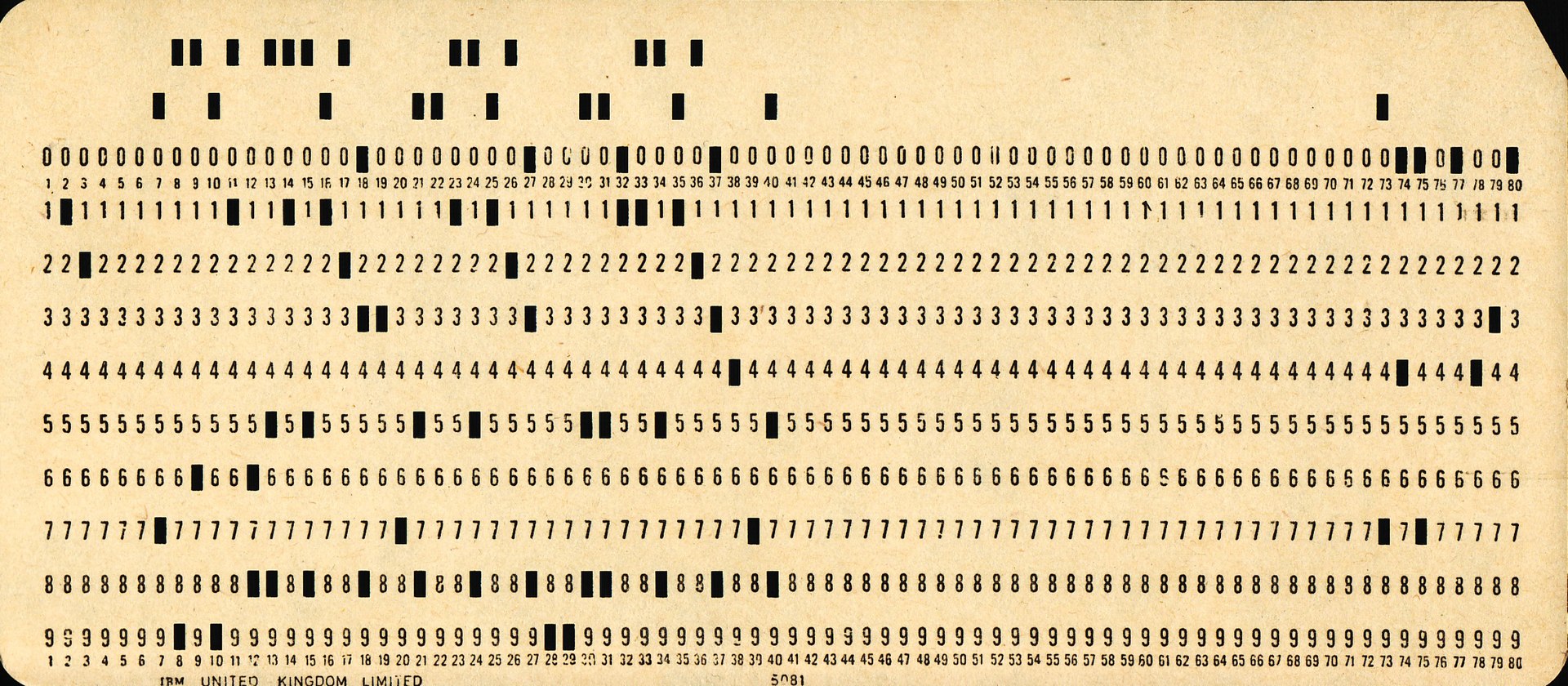
From the clunky contraptions of the early 20th century to the sleek, pocket-sized marvels of today, computers have come a long way. And at the heart of this incredible transformation lies the evolution of computer memory and storage.
The Early Days: Punch Cards and Magnetic Drums
In the beginning, there were punch cards. These cumbersome paper cards, each punched with holes to represent data, were the primary means of storing information in early computers like the ENIAC and the Colossus. They were slow, labor-intensive, and prone to errors, but they were all we had.
Magnetic drums soon followed, offering a significant leap forward in speed and capacity. These rotating cylinders coated with a magnetic material could store data electronically, allowing for faster retrieval and manipulation.
The Rise of Magnetic Tape and Core Memory
The 1950s saw the rise of magnetic tape, a flexible ribbon coated with magnetic material that could store vast amounts of data. Think of it as the grandfather of the cassette tape, but for computers. Magnetic tape revolutionized data storage, making it possible to archive large datasets and even back up entire computer systems.
Meanwhile, core memory emerged as the dominant form of computer memory. Made of tiny magnetic rings threaded through wires, core memory was fast and reliable, but it was also expensive and bulky.
The Transistor Revolution and the Birth of the Hard Disk Drive
The invention of the transistor in 1947 ushered in a new era of miniaturization and affordability. Transistors replaced bulky vacuum tubes, paving the way for smaller, faster, and cheaper computers.
One of the most significant beneficiaries of this miniaturization was the hard disk drive (HDD). Invented in 1956, the HDD used a stack of rapidly spinning platters coated with a magnetic material to store data. Early HDDs were still large and expensive, but they offered far greater capacity and faster access times than magnetic tape.
The Era of Floppy Disks and Solid State Drives
The 1970s saw the introduction of the floppy disk, a flexible magnetic disk enclosed in a square plastic cartridge. Floppy disks were small, portable, and relatively inexpensive, making them the go-to storage medium for personal computers. They may seem quaint today, but they played a crucial role in the democratization of computing.
The 1980s brought us the solid-state drive (SSD). Unlike HDDs, which rely on mechanical components, SSDs store data electronically on flash memory chips. This makes them significantly faster, more reliable, and more durable than HDDs. However, SSDs were initially prohibitively expensive, limiting their adoption for a time.
The Digital Age: Optical Disks, USB Drives, and the Cloud
The 1990s saw the rise of optical disks, such as CDs and DVDs, which offered even greater storage capacity than magnetic media. They were primarily used for music, movies, and games, but they also played a role in data storage and distribution.
The turn of the millennium brought us the USB flash drive, a tiny, portable device that could store vast amounts of data. USB drives quickly became the preferred storage medium for personal use, thanks to their convenience, affordability, and reliability.
In recent years, the cloud has emerged as a dominant force in data storage. Cloud storage services like Google Drive and Dropbox allow users to store their data online, accessible from any device with an internet connection. This has made data storage more convenient and flexible than ever before.
The Future of Memory and Storage
The future of computer memory and storage is full of possibilities. New technologies, such as quantum computing and nanotechnology, have the potential to revolutionize the way we store and access data. We can expect to see even faster, more efficient, and more affordable storage solutions in the years to come.
The journey of computer memory and storage is a testament to human ingenuity and innovation. From the clunky punch cards of the early days to the cloud-based solutions of today, we have come a long way. And as we continue to push the boundaries of technology, the future of memory and storage looks brighter than ever.
I hope this article gives you a brief overview of the evolution of computer memory and storage devices. If you have any questions, please feel free to ask.






